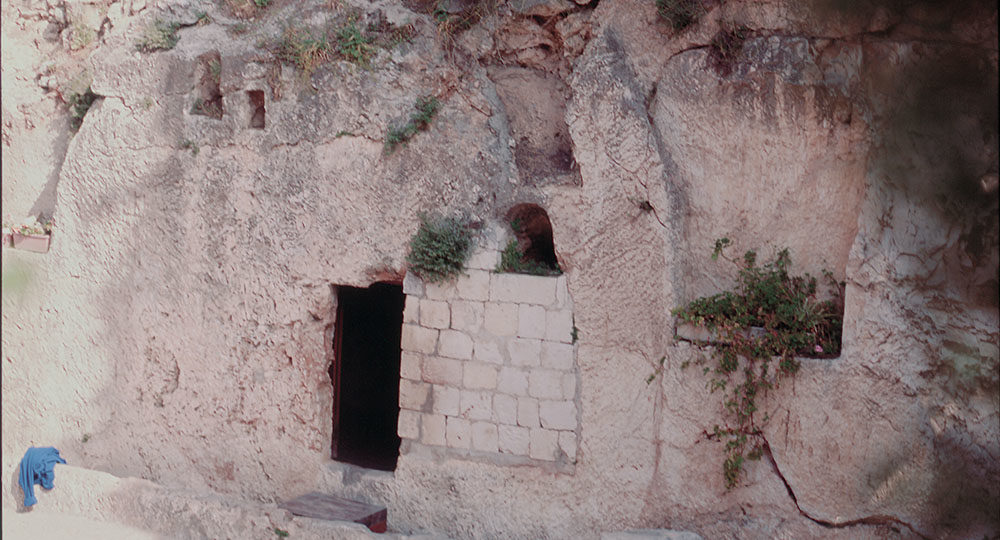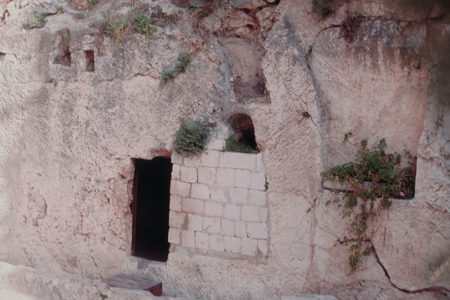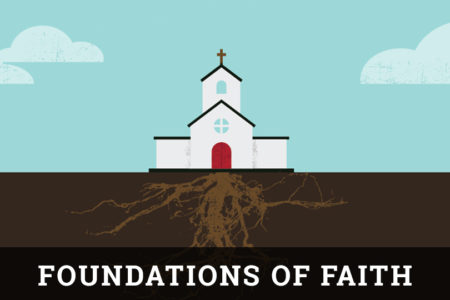Messianic Trends in Israel
In his essay, “The Messianic Idea in Israel,” the renowned scholar, Gershom Scholem, contrasted the Jewish and Christian concepts of the Messianic redemption. While Christianity conceives of redemption as an event in the spiritual and unseen realm, reflected in the soul, Judaism has always maintained a concept of redemption as an event that takes place publicly, within the community. While this explanation neglects the future aspect of redemption in Christian thought (e.g., Rom. 8:18–25), it does reflect the truth that in Judaism there can be no Messianic redemption without a radical change in social and religious conditions in the world.
Scholem further traces two trends in Jewish Messianic thinking about this new world that will come about through the eschatological redemption. Some rabbis stress the restorative factor: things will return to an ideal past condition. The Solomonic Kingdom most often is put forth as that ideal situation (consider 1 Ki. 3–10). Other rabbis stress the utopian factor: a future state of things that has never existed. This view is most often associated with an apocalyptic emphasis that will involve a major defeat of Israel’s enemies and the introduction of radically new outward conditions affecting mankind.
Whichever factor a Jewish person follows—the restorative or utopian—Orthodox Jews have affirmed with one voice that a human Messiah will be involved in this process in some way, either as a predecessor, initiator, or maintainer of the new world. Since the last major false Messiah, Shabbetai Zvi, wrought havoc in the 17th century, rabbis have been hesitant to focus too much attention on the identity of the Messiah. At times they have even discouraged speculation about His identity and the time and process of His coming. During the last 10 years in Israel, however, there has been an increase in Messianic trends that cannot be ignored.
Before considering some of these trends, one further concept associated with Jewish thinking about the Messiah should be mentioned—that of hastening the coming of the Messiah. According to this concept, Jews can take certain actions that will speed up the process of the Messiah’s coming. Thus, the Messiah’s arrival is being delayed by the poor behavior of Jewish people and can be brought about by their obedience to God and His Torah. The good deeds, or mitzvoth, most often mentioned are teshuvah (repentance); Shabbat (observing the Sabbath); Torah (the study of the Law); and tzedakah (charity) (Mashiach by Jacob Immanuel Schochmet, pp. 44–49).
An additional mitzvah has recently been added to the list of good deeds, which, if performed faithfully, will hasten the coming of the Messiah: settling the land of Israel. The advent of modern Zionism, the founding of the State of Israel, and particularly the capture of biblical Samaria and Judea in 1967 all have contributed to a heightening of the Messianic consciousness among some groups in Israel. Who are these groups, and what do they believe?
For convenience’ sake, these Messianic groups can be divided into those who believe that their actions are hastening the soon advent of the Messiah, and those who believe that the Messiah has already come.
Following Israel’s amazing victory in the Six–Day War of June 1967, a group generally referred to as the Gush Emunin (bloc of the faithful) has made a concentrated effort to settle on what the world calls the “West Bank”—the areas of Judea and Samaria in biblical days. They believe they have a divine right to live in this land because of the clear promises to Abraham and the other patriarchs that it would belong to their descendants. More than 100,000 Jews, most religiously Orthodox, live in settlements and towns from Nablus (Shechem) to Hebron, sometimes provoking resentment from their Arab neighbors. Many of them fervently believe that what they are doing has Messianic ramifications—that the Messiah’s coming will be hastened by their obedience.
A number of similar religious groups have revived within the walls of the old city of Jerusalem’s synagogues and yeshivas that were forcibly closed more than 50 years ago. They have reopened these institutions as close as possible to the Temple Mount, often amid a sea of Muslim neighbors. The Ateret Cohanim (crown of the priests) has established schools where young men from the ancient tribe of Levi (the tribe of Levites and priests) are studying the biblical and talmudic laws for Temple service. Just a few hundred yards away, the Temple Institute has prepared more than a hundred items to be used in a future revived temple worship.
While some of these groups do not speculate on when the Messiah will come, they believe that by taking these steps, they are hastening the coming of the Messiah.
A second Messianic trend in Israel today focuses on the firm belief that there is no further need to hasten the Messiah’s coming, for He has already arrived. Much of this trend has centered on the beliefs of the Lubavitcher Hasidim, a sect of ultra-Orthodox Jews who have fervently followed the teachings of their rebbe, Menachem Mendel Schneerson. Their beliefs and practices can best be understood by describing the evolution of sayings they have had printed on signs. The first saying was, “We want Mashiach now.” Worn as buttons, this was first seen in America and Israel about 15 years ago and continued to be used for more than a decade. The second saying, which began to appear on bright yellow signs in Israel around 1990, advised, “Prepare for the coming of Messiah.” Soon it was rumored that the Lubavitcher-placed signs referred specifically to their rebbe, Schneerson. A house was even built for him in a Habad village in Israel near Ben Gurion Airport (Habad is an acronym that serves as another name for the group).
Since Rebbe Schneerson never discouraged his disciples’ attribution of him as the Messiah, the next sign that went up proclaimed, “Welcome King Messiah” and was accompanied by a photograph of Schneerson. A severe, debilitating stroke suffered by this Messiah in 1993 apparently did not discourage many of his disciples from their Messiah belief, because the last sign to appear, and one that can still be seen today, is a picture of Schneerson above the title, in Hebrew, “The Messiah.” Even his death in 1994 did not assuage the fervency of some Lubavitchers, although it did create several alternative explanations of how his Messianic role is being fulfilled.
As mentioned earlier, there are two examples of the Messianic trend that believe the Messiah has already come. The Lubavitcher Messiah is buried in Brooklyn—his house in Israel is empty.
But there is another group of Jews in Israel today who fervently believe that their Messiah has already come. This one also died, but, unlike Schneerson, He miraculously came back from the dead. A generation ago there was only a small handful of assemblies in Israel composed of Jewish believers in Yeshua Hamashiach. Today there are more than three dozen such assemblies. Some of them maintain a publishing house, a conference center, a radio broadcast, and even a theological journal. The Friends of Israel is thankful that one of these assemblies in Jerusalem is pastored by a graduate of its Institute of Biblical Studies.
Yes, there is an authentic Messianic movement in Israel today—one not based on land settlements or the false hopes of a dead Messianic pretender and his sincere but deluded followers. This is the Messianic movement centering on Yeshua ben Yosef, Jesus the Son of Joseph, who is also the Messiah of Israel and the Savior of the world. Human movements will rise and fall, leaving behind broken dreams and shattered illusions. The kingdom Jesus founded, however, is alive and well in Eretz Yisrael!







